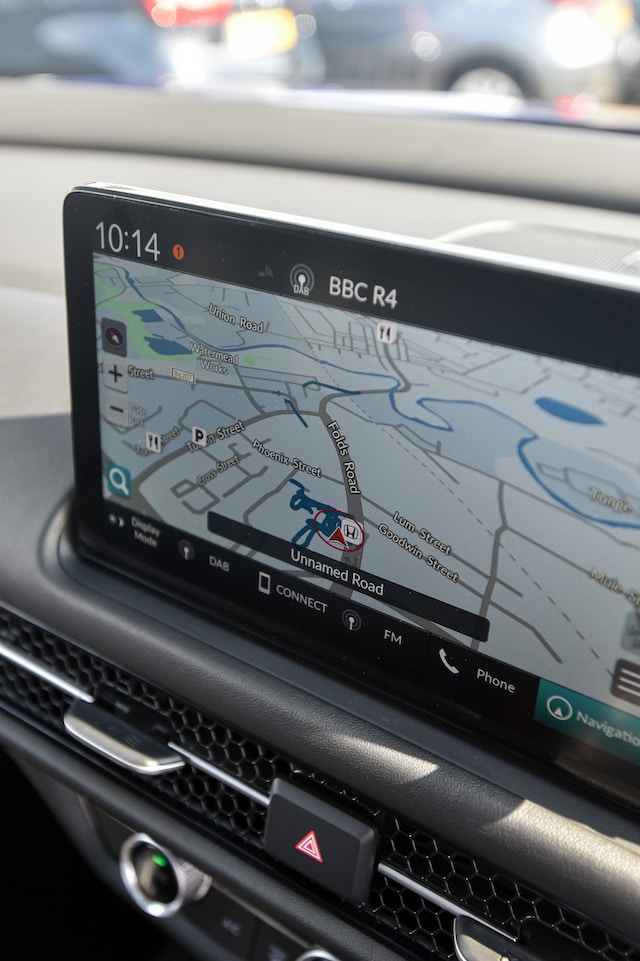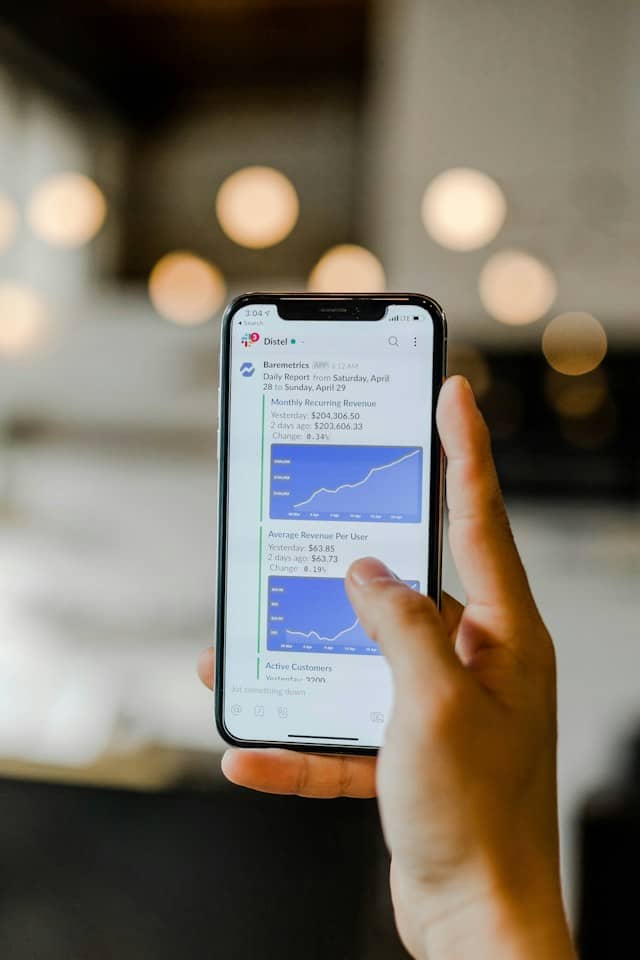List your Business on Google

Perhaps you’ve either started a business or you already have a brick-and-mortar store that’s been operational for decades, there is one fundamental detail that overtakes priorities which is quite often overlooked — Google!
Before designing and eventually taking the step to build a web application with the aim of launching your website online, it is essential to set up a Google Business Profile which opens the door to 92% of the search engine market share worldwide which Google mammothly dominates. It’s not just about the 72% desktop market, it also includes the prime 92% of the mobile search engine market where potential customers can discover you on the move.
A Google Business Profile is a completely free business listing on Google and a necessary vertical to expand your discoverability and visibility across a range of browsers as users could be using Google’s services and not even know it. Your Google Business Profile includes information about the products and services you provide, details and all important photos of your business, social accounts, location, operating hours, a link to your website and contact details. Why not showcase your business on Google Search, Google Maps, and Google Shopping?
Is a Google Business Profile imperative?
Without a doubt, yes! A Google Business Profile is part of the fundamental core of your business’s online and offline activities. It is almost certain to increase foot traffic or the number of visitors to your website or establishment. Having such a listing ensures that potential customers find your business when searching for services or products that you provide within that local area and beyond.
As well as showcasing what you have to offer, a Google Business Profile bolsters your SEO performance leading to more traffic being driven to your website which can lead to an uptick in sales and possibly a new revenue stream through advertising. When searching for a business on Google Maps, this free listing potentially can advertise your organisation as the top match. You can also integrate Google Maps on your website which we’ve all become accustomed to in recent years.



Reviews are Golden
Have you ever heard the phrase, “one’s own worst critic?” A Google Business Profile allows users to leave reviews about their own experience with you enabling you to take feedback and improve your overall business operations and website. You can also showcase the best reviews on your website which is utilising available content a customer has provided free of charge to you. It’s all about social proofing and building credibility and all-important trust.
The combined star rating system out of 5 and added availability to leave detailed reviews allows businesses to connect with their customers and learn about the impression and experiences with you. Research has shown that 81% of internet users have the tendency to go over the Google Reviews before they decide to visit in-store or the website. The same people also reported that they would check Google first over any other online review platform.
Of course, we’d all like to have the 5 star glowing reviews but occasionally a one star pops up but that is part of the parcel. Don’t dwell too much though as Google states that it gives a more accurate portrayal of your business and when the profile is linked to your website potential customers will get the feel whether you are the right fit for them or not.



Google Maps API Integration
It goes without saying that you want to tell your customer base exactly where you are located on your website which is certainly your most important digital asset. Google Maps will unquestionably enhance the overall user-experience with Google Maps being an intuitive and familiar interface that is well-known across the globe with over 1 billion active users each month. This allows visitors to navigate and interact with your website thus it has become essential to embed Google Maps into your website. It allows visitors with a visual of your location or locations for your products or services bolstering trust and reputation.
It goes without saying that you want to tell your customer base exactly where you are located on your website which is certainly your most important digital asset. Google Maps will unquestionably enhance the overall user-experience with Google Maps being an intuitive and familiar interface that is well-known across the globe with over 1 billion active users each month. This allows visitors to navigate and interact with your website thus it has become essential to embed Google Maps into your website. It allows visitors with a visual of your location or locations for your products or services bolstering trust and reputation.
Google Maps can encourage potential customers to visit your business online and in-person because it simply acts as a port of call by offering easy accessibility to phone numbers, contact information, information about the business and hours of operation. Whether you’re a service provider, a shop or a restaurant, users can rapidly scout your profile and get directions to your location, completely deleting the need to toggle between web pages and apps. The added extra of incorporating Google Maps on your website, it can also have a positive effect on the traffic that is being directed to you. 86% of potential customers look at the location of a business through Google Maps and then visit their website. This is where Google Business Profile takes an invaluable role in aiding small local businesses by expanding their potential clientele. Google Business Profile owners can create and manage their user profiles, pinpoint their operations on Google Maps, provide responses to customer reviews and take advantage of Google Analytics to make informed decisions.
Web design is also something to consider because it’s relatively important to ensure that Google Maps looks aesthetically pleasing. You can customise the way in which Google Maps looks to match with your brand colours and overall web design offering superior UI/UX design.




Harness Google Analytics
Interestingly, over half of all websites on the internet use Google Analytics! . That’s a whopping 55.49% but only a small proportion use this data to their advantage but there is a major shift coming. Google Analytics provides insight and understanding to what visitors do on your website, as well as where they are located and advice on how you can convert them into paying customers.
You can receive real-time and historical data analysis to improve your website performance and ultimately elevate your ROI (Return on Investment). It’s part of the free Google Marketing Platform is a tool which anyone can use with a simple Google account and website can make use of.
Google Analytics assists you in making data-driven decisions for your website as it tracks the trail and interaction of all visitors allowing you to leverage the information and determine where to place specific buttons and advertisements when adding updates to your website.The average time a visitor spends on your website is 53 seconds. That’s astonishing and daunting at the same time. By harnessing Google Analytics you will be able to make informed decisions on how to design your website and increase the time spent users are on a certain page. Alternatively, you can reach out for a consultation with a credible web developer who can offer practical advice and create a UI/UX design specifically for your brand.












